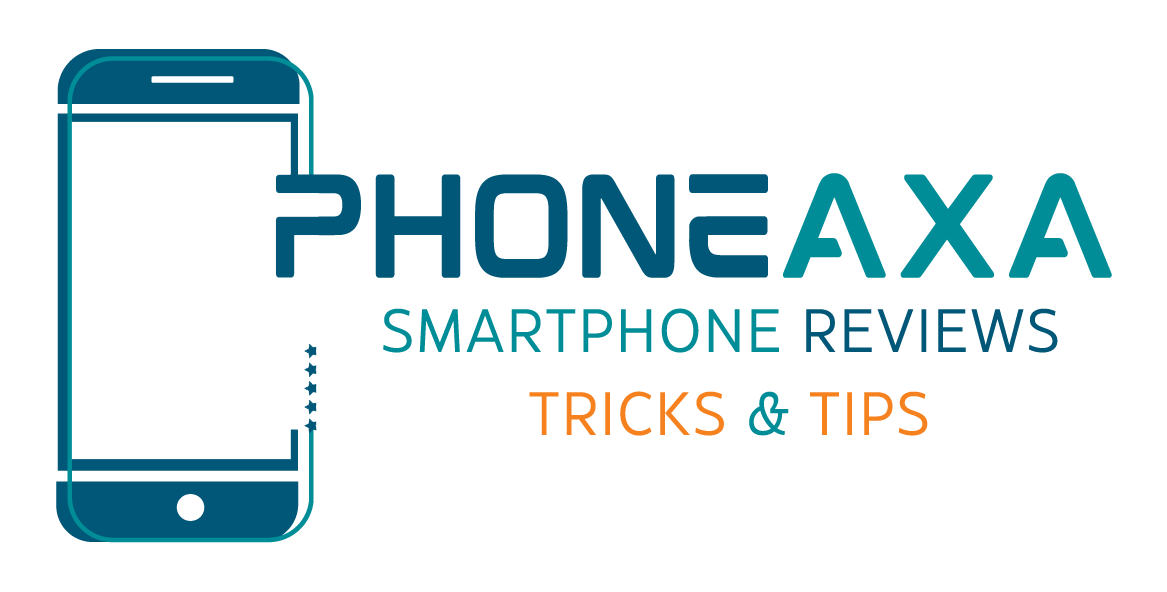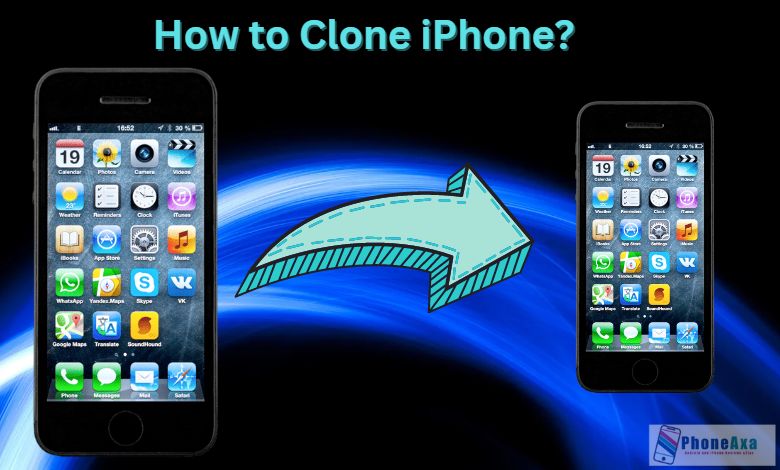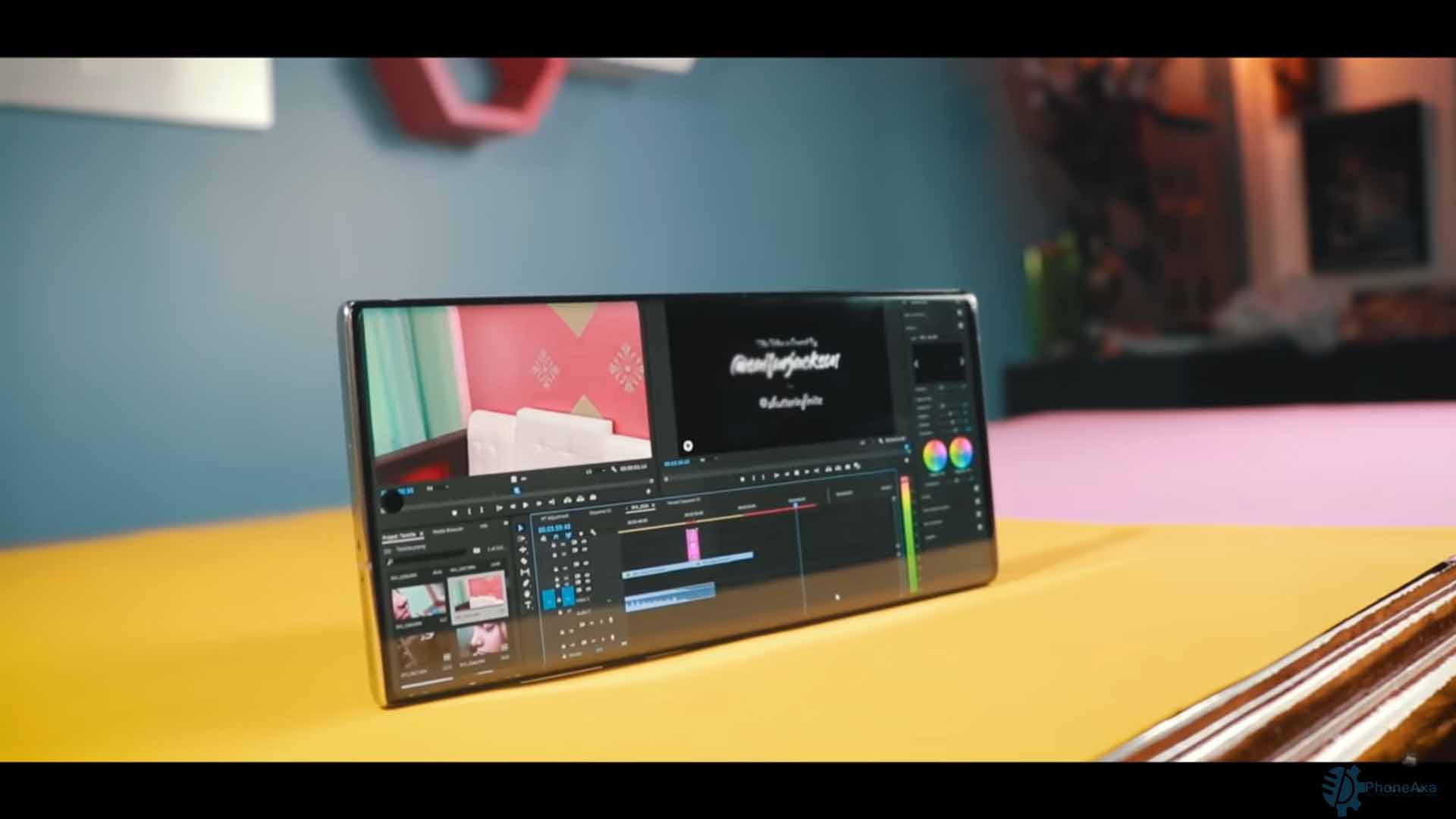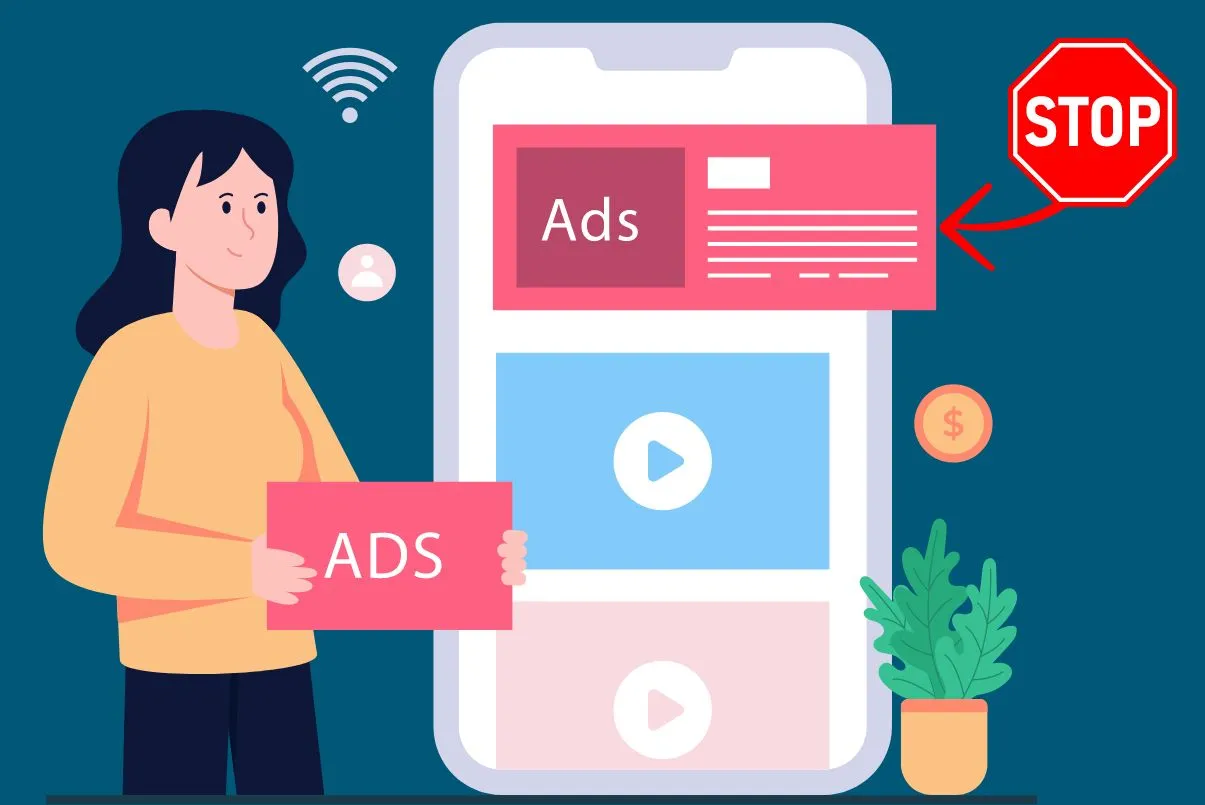In this comprehensive guide, we’ll show you how to clone iPhone step-by-step, so you can have an exact replica of your device in no time.
Have you ever found yourself wishing you had an identical copy of your iPhone? Maybe you want to create a backup in case something happens to your device, or perhaps you want to share all of your apps and settings with a family member or friend. Whatever the reason may be, cloning an iPhone is easier than you might think. So buckle up and get ready to become a cloning expert!
What is iPhone Cloning and How Does It Work?
iPhone cloning refers to the process of creating an exact replica of an iPhone’s data, settings, and applications onto another iPhone or device. It is essentially copying everything from one iPhone to another, including contacts, messages, photos, apps, and more.
There are several methods for cloning an iPhone, but the most common ones involve using third-party software or hardware tools. One popular software solution is iTunes, which allows users to create a backup of their iPhone’s data and then restore it onto another device. Another option is using third-party apps such as iMazing, which provides advanced cloning and customization options.
Hardware tools like SIM card readers and writers can also be used for cloning an iPhone by copying the data from one SIM card to another. However, this method is less common and requires technical knowledge and specialized equipment.
It’s important to note that cloning an iPhone is not always legal, and it can violate copyright laws and Apple’s terms of service. Therefore, it’s essential to only use legitimate and legal methods for cloning an iPhone, and only do so with the owner’s explicit permission.
What are the Advantages of Cloning Your iPhone?
There are several advantages to cloning your iPhone, including:
- Creating a backup: Cloning your iPhone can create a backup of all your data, settings, and applications. This can be useful in case your device is lost, stolen, or damaged, as you can quickly restore your data onto a new iPhone or device.
- Transferring data: Cloning an iPhone can also be useful when upgrading to a new device. By cloning your old iPhone onto your new one, you can easily transfer all your data and settings, such as contacts, messages, photos, and apps, without having to manually reconfigure everything.
- Sharing with others: Cloning an iPhone can also be useful for sharing data and settings with family members or friends. For example, you can clone your iPhone onto a family member’s device to share your apps, settings, and other data.
- Customization: Cloning an iPhone can also provide customization options, such as creating a duplicate of your device with a different theme or wallpaper. This can be useful for personalizing your iPhone or creating a unique experience for your family members or friends.
Overall, cloning an iPhone can save time and effort in managing your device and provide more flexibility in how you use it. However, it’s important to use legitimate and legal methods for cloning an iPhone and respect copyright laws and Apple’s terms of service.
What are the Disadvantages of Cloning Your iPhone?
While there are some advantages to cloning your iPhone, there are also some potential disadvantages to consider:
- Legal issues: Cloning an iPhone can be illegal in some countries or may violate copyright laws and Apple’s terms of service. It’s important to only use legitimate and legal methods for cloning an iPhone and to obtain explicit permission from the owner before doing so.
- Security risks: Cloning an iPhone can also pose security risks, as it can give access to sensitive data and personal information. If the cloned device falls into the wrong hands, it could be used for fraudulent or malicious purposes.
- Compatibility issues: Cloning an iPhone onto a different device may not always be successful, especially if the two devices have different operating systems or hardware configurations. This can lead to compatibility issues and data loss.
- Limited customization: While cloning an iPhone can provide some customization options, it may also limit the flexibility and creativity of using a device. Cloned devices may be restricted in terms of app updates, OS updates, and other features that are typically available on original devices.
Overall, cloning an iPhone can be useful in certain situations, but it’s important to weigh the potential disadvantages and risks before doing so. It’s also essential to use legitimate and legal methods for cloning an iPhone and take appropriate security measures to protect sensitive data and personal information.
How to Create an iCloud Backup and Ready Your iPhone for Cloning

Before you can clone your iPhone, you need to create an iCloud backup and prepare your device for the cloning process. Here are the steps to follow:
- Connect your iPhone to a stable Wi-Fi network.
- Open the Settings app on your iPhone and tap on your name at the top.
- Tap on “iCloud” and then “iCloud Backup”.
- Toggle the switch for “iCloud Backup” to turn it on.
- Tap on “Back Up Now” to start the backup process. This may take a few minutes to complete, depending on the size of your data.
- Once the backup is complete, go back to the main iCloud screen and make sure the backup is listed under “Backups”.
- Next, you need to erase your iPhone’s data to prepare it for the cloning process. Go to “Settings” > “General” > “Reset” and select “Erase All Content and Settings”.
- Follow the on-screen prompts to confirm the erasure and enter your passcode, if prompted.
- Once the erasure is complete, your iPhone will restart and prompt you to set it up as a new device or restore from a backup.
- Select “Restore from iCloud Backup” and sign in with your Apple ID.
- Choose the most recent backup that you created and wait for the restore process to complete. This may take some time, depending on the size of your data.
Once the restore is complete, your iPhone will be ready for cloning. You can use iTunes or a third-party app such as iMazing to create a clone of your iPhone onto another device. Remember to only use legitimate and legal methods for cloning an iPhone and obtain explicit permission from the owner before doing so.
How to Access iCloud Backup and Transfer Data to the New Phone
Once you have created an iCloud backup and prepared your iPhone for cloning, you can access the backup and transfer data to a new phone by following these steps:
- Turn on your new iPhone and follow the on-screen prompts to set it up.
- When you reach the “Apps & Data” screen, select “Restore from iCloud Backup”.
- Sign in with your Apple ID and select the backup that you created earlier.
- Wait for the restore process to complete. This may take some time, depending on the size of your data.
- Once the restore is complete, your new iPhone will have all the data, settings, and applications from your old iPhone.
If you only want to transfer specific data, such as contacts or photos, you can use iCloud or iTunes to do so. Here’s how:
Transfer Contacts:
- On your old iPhone, go to “Settings” > “iCloud” and make sure “Contacts” is turned on.
- Wait for the contacts to sync to iCloud.
- On your new iPhone, go to “Settings” > “iCloud” and turn on “Contacts”.
- Wait for the contacts to sync to your new iPhone.
Transfer Photos:
- On your old iPhone, go to “Settings” > “iCloud” and make sure “Photos” is turned on.
- Wait for the photos to sync to iCloud.
- On your new iPhone, go to “Settings” > “iCloud” and turn on “Photos”.
- Wait for the photos to sync to your new iPhone.
Alternatively, you can use iTunes to transfer data from your old iPhone to your new iPhone. Here’s how:
- Connect your old iPhone to your computer and open iTunes.
- Click on the iPhone icon in iTunes and select “Back Up Now”.
- Wait for the backup to complete.
- Disconnect your old iPhone and connect your new iPhone to the computer.
- Click on the iPhone icon in iTunes and select “Restore Backup”.
- Choose the backup that you just created and wait for the restore process to complete.
Once the restore is complete, your new iPhone will have all the data, settings, and applications from your old iPhone. Remember to only use legitimate and legal methods for transferring data between iPhones and obtain explicit permission from the owner before doing so.
Conclusion : How to Clone iPhone?
Cloning an iPhone involves creating an iCloud backup, erasing the device, and restoring the backup on a new device. Use legitimate and legal methods, such as iTunes or iCloud, to transfer data to the new device. Obtain permission from the owner before cloning an iPhone to avoid any legal issues.
How do we clone iPhone?
To clone an iPhone, you need to create an iCloud backup of the device, erase the device, and restore the backup on a new device using iTunes or iCloud. It’s important to use legal and legitimate methods and obtain permission from the device owner before cloning an iPhone.
Can someone clone my iPhone without me knowing?
It’s possible for someone to clone an iPhone without the owner knowing, but it’s illegal and requires physical access to the device. Cloning an iPhone without permission is a violation of privacy and can result in serious legal consequences. It’s important to keep your iPhone safe and secure and be aware of any suspicious activity.
How do I clone my iPhone without iCloud?
It’s not possible to clone an iPhone without using iCloud or iTunes to create a backup. iCloud or iTunes backups are necessary to transfer data, settings, and applications to a new device. Any method claiming to clone an iPhone without using iCloud or iTunes is likely illegal and unreliable, and can result in data loss or damage to your device. It’s important to use legitimate and legal methods to clone an iPhone.




